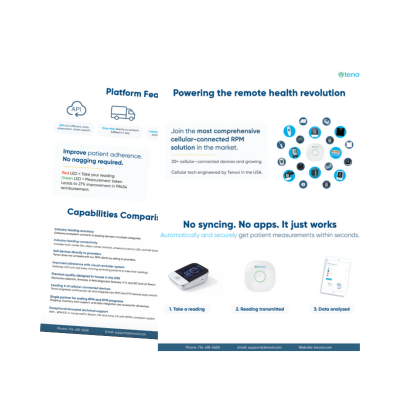Virtual cardiology is an approach to cardiovascular care that uses telemedicine, remote patient monitoring (RPM), and personalized care plans for patients with heart conditions. It is a solution that integrates digital health solutions that are geared to widening access to care, improving patient outcomes, and reducing healthcare costs. With a virtual model, cardiologists can monitor patients in real-time, make timely interventions, and optimize treatments based on patient data that is collected remotely.
Cardiovascular Disease
Cardiovascular disease remains the leading cause of death worldwide, with significant economic and health burdens. According to the 2024 Heart Disease and Stroke Statistics from the American Heart Association, roughly 695,000 people in the United States died from heart disease in 2021, accounting for 1 in every 5 deaths. Hospital readmissions following cardiovascular events are a major challenge, with nearly 20% of discharged patients returning to the hospital within 30 days. The financial impact is also substantial. Direct and indirect costs of cardiovascular disease are projected to reach $1.1 trillion by 2035.
Given these statistics, care models like virtual cardiology are designed to address gaps in care, reduce hospitalizations, and improve long-term patient outcomes.
Virtual Cardiology Reducing Hospital Admissions
A recent study published in BMJ Innovations provides new evidence on the efficacy of virtual cardiology in reducing hospital readmissions for patients discharged after cardiovascular events. The prospective randomized study evaluated Heartbeat Health’s 100-day post-discharge virtual cardiology program. The program integrates virtual visits, RPM, medication adjustments, and care coordination. The study included 190 patients with a mean age of 69 years, randomly assigned to either the intervention or control group receiving standard care.
The study found a significant reduction in hospital readmissions among patients enrolled in the virtual cardiology program. The intervention group had an 8.4% readmission rate compared to 17.9% in the control group, representing a 53% reduction in cardiac readmissions (p = 0.04). This means that patients who participated in the virtual cardiology program were significantly less likely to return to the hospital due to heart-related complications within 90 days of discharge.
Additionally, the program led to a 44% reduction in all-cause readmissions, with intervention patients experiencing a 15.8% readmission rate compared to 28.4% in the control group (p = 0.02). This suggests that comprehensive remote monitoring and virtual follow-ups not only prevent cardiac-related hospitalizations but also improve overall health stability, reducing the likelihood of hospital visits for other conditions.
Furthermore, participants in the virtual program achieved an average weight loss of 4.5 pounds and a reduction in systolic blood pressure by 11 mmHg. These improvements are critical, as excess weight and high blood pressure are major risk factors for cardiovascular events. Additionally, patients reported better symptom management, including reduced shortness of breath and enhanced quality of life.
The 3 Major Components to Reducing Readmissions
The program’s success is attributed to three components: virtual visits, remote patient monitoring, and care coordination.
- Virtual Visits: Regular telemedicine consultations allowed for timely adjustments to guideline-directed medical therapy, ensuring patients received optimal treatment without requiring in-person visits.
- Remote Patient Monitoring: Continuous tracking of vital signs enabled data-driven decisions, allowing healthcare providers to intervene proactively before complications arose.
- Care Coordination: A dedicated team of care coordinators managed patient education, testing, and overall care transitions, ensuring seamless and effective post-discharge management.
Understanding Virtual Cardiology
Integrating telemedicine and RPM into standard cardiovascular care may be a scalable, efficient, and patient-centered approach to heart disease health management that is worth exploring.The study’s findings reinforce the effectiveness of virtual cardiology in managing high-risk cardiovascular patients. By reducing hospital readmissions, virtual cardiology programs can alleviate the strain on healthcare systems. They are also lowering costs and improving patient outcomes.
Heartbeat Health’s virtual cardiology program has had a substantial impact on reducing hospital readmissions and enhancing patient health metrics. This study strengthens the case for adopting virtual-first cardiology solutions. As virtual cardiology continues to evolve, it represents a sustainable solution for cardiovascular disease management, to mitigate the growing burden of heart disease.


